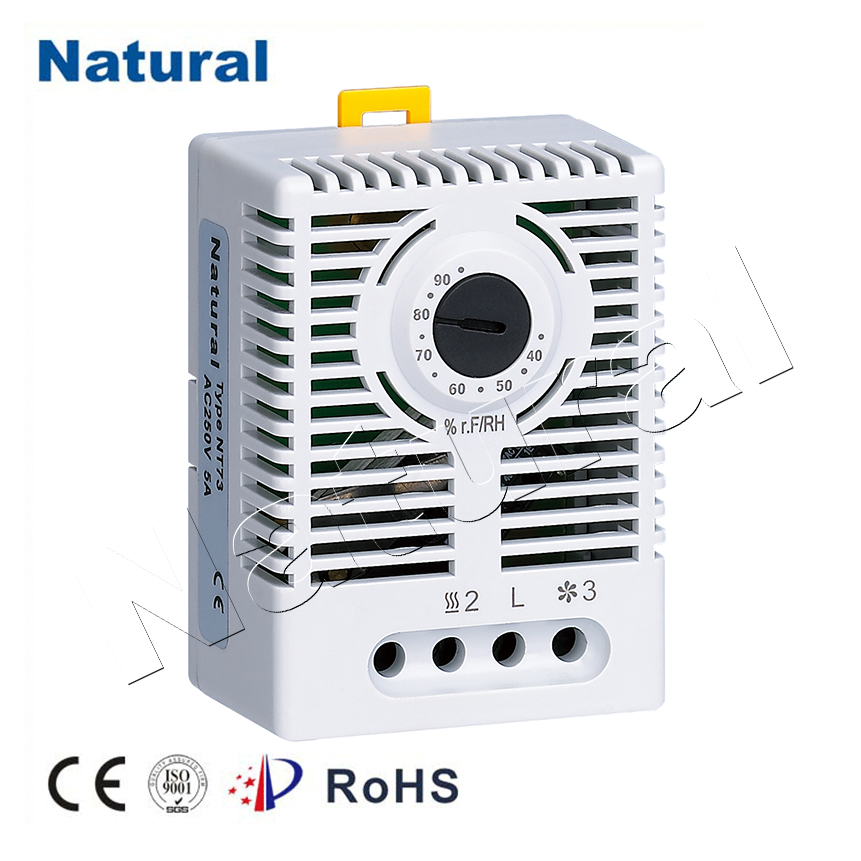In our quest for comfort and convenience, we often overlook the role that humidity plays in our daily lives. Whether it’s in our homes, offices, or industrial settings, maintaining the right level of humidity is crucial for our well-being and the functionality of various processes. One essential device that helps us achieve this balance is the mechanical hygrostat. In this article, we will delve into the mechanism and applications of mechanical hygrostats.

Understanding the Mechanical Hygrostat A mechanical hygrostat is a simple yet effective humidity control device that operates based on the principles of expansion and contraction of materials in response to changes in humidity levels. The core component of a mechanical hygrostat is a hygroscopic material, which is capable of absorbing or releasing moisture from the surrounding air. How It Works The key to a mechanical hygrostat’s operation lies in the expansion and contraction of the hygroscopic material in response to changes in humidity. When the humidity level rises, the hygroscopic material absorbs moisture from the air, causing it to expand. Conversely, when the humidity level decreases, the material releases moisture and contracts. This expansion and contraction are translated into mechanical movements within the device, which are used to control various functions. Applications Mechanical hygrostats find applications in a wide range of industries and settings, each with the common goal of maintaining optimal humidity conditions. Here are some notable applications: HVAC Systems:In residential and commercial heating, ventilation, and air conditioning (HVAC) systems, mechanical hygrostats are used to control the relative humidity within indoor spaces. They help ensure that the air is not too dry or too humid, promoting comfort and health. Museums and Art Galleries:Precise humidity control is crucial for preserving valuable artifacts, paintings, and historical documents. Mechanical hygrostats help maintain stable humidity levels to prevent deterioration and damage. Food Storage:In the food industry, particularly in storage facilities for perishable goods, maintaining the correct humidity level is vital. Mechanical hygrostats are employed to regulate humidity, preventing food spoilage and extending shelf life. Greenhouses:For optimal plant growth, greenhouses require precise humidity control. Mechanical hygrostats help create the ideal environment for plants by adjusting humidity levels as needed. Industrial Processes:Various manufacturing processes, such as pharmaceutical production and electronics manufacturing, require controlled humidity conditions. Mechanical hygrostats ensure that the environment remains within specified humidity limits to maintain product quality. Advantages of Mechanical Hygrostats Reliability:Mechanical hygrostats are known for their robustness and reliability. They can operate in harsh environments and are less susceptible to electronic failures compared to digital alternatives. Cost-Effectiveness:These devices are often more affordable than their electronic counterparts, making them a cost-effective choice for many applications. Maintenance-Friendly:Mechanical hygrostats are relatively easy to maintain and repair, reducing downtime and operational costs. Conclusion In our modern world, where precise control of environmental conditions is paramount, mechanical hygrostats remain a steadfast and valuable solution for humidity regulation. Their simple yet effective mechanism, coupled with their wide range of applications, makes them an essential component in various industries. As we continue to seek comfort, energy efficiency, and the preservation of valuable assets, the humble mechanical hygrostat will continue to play a vital role in achieving these goals.